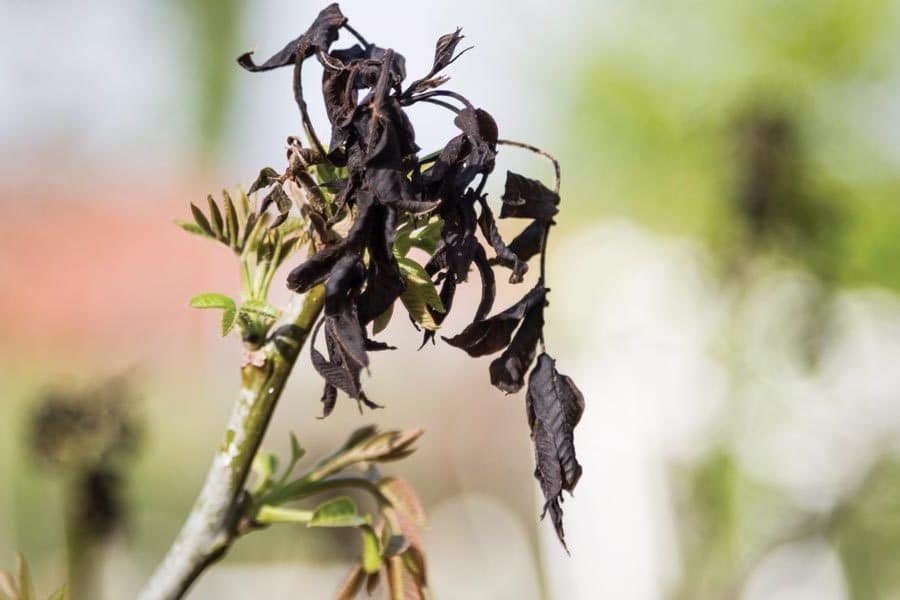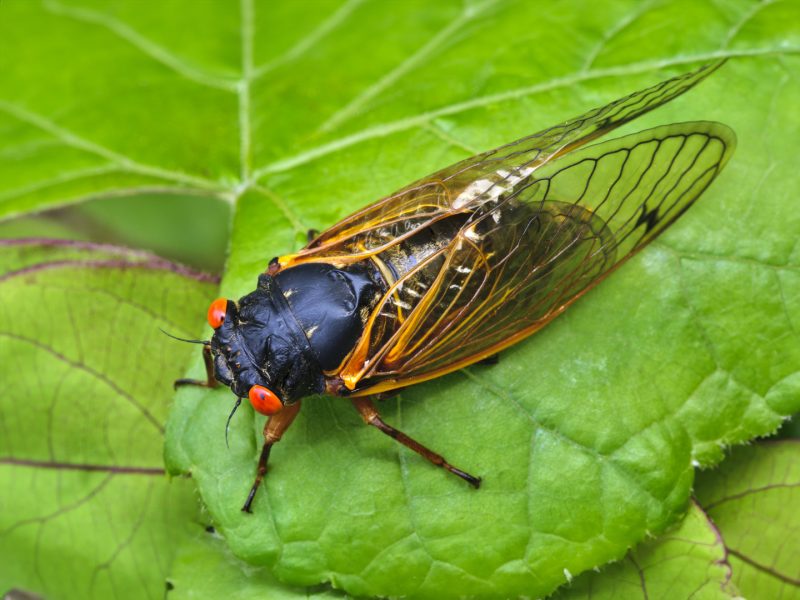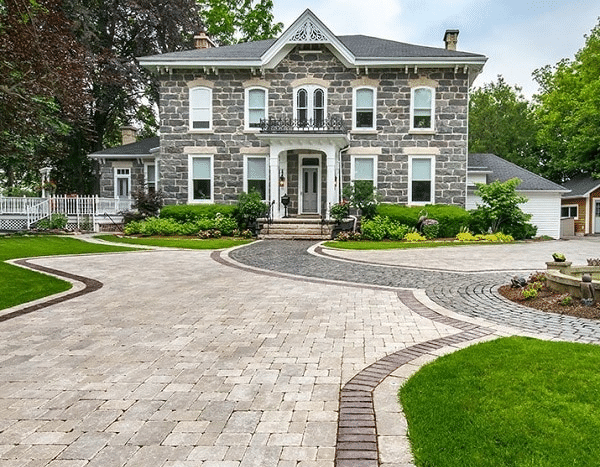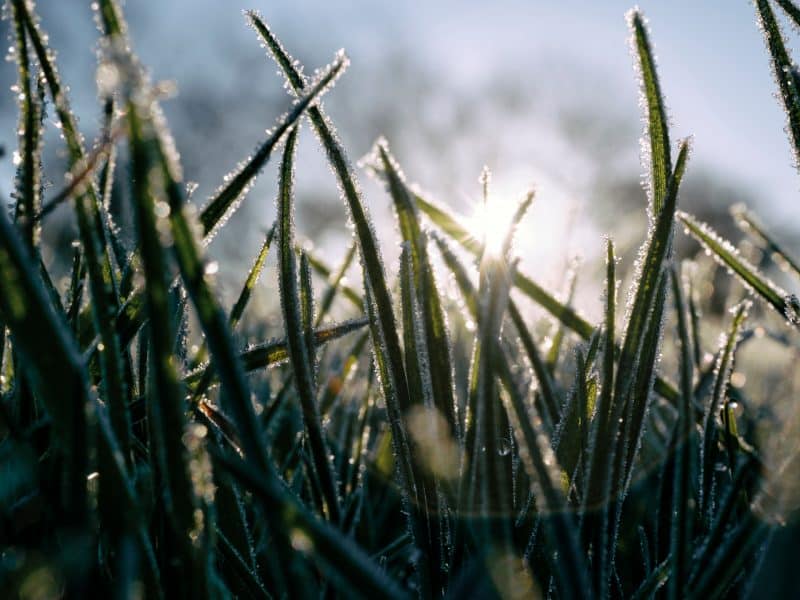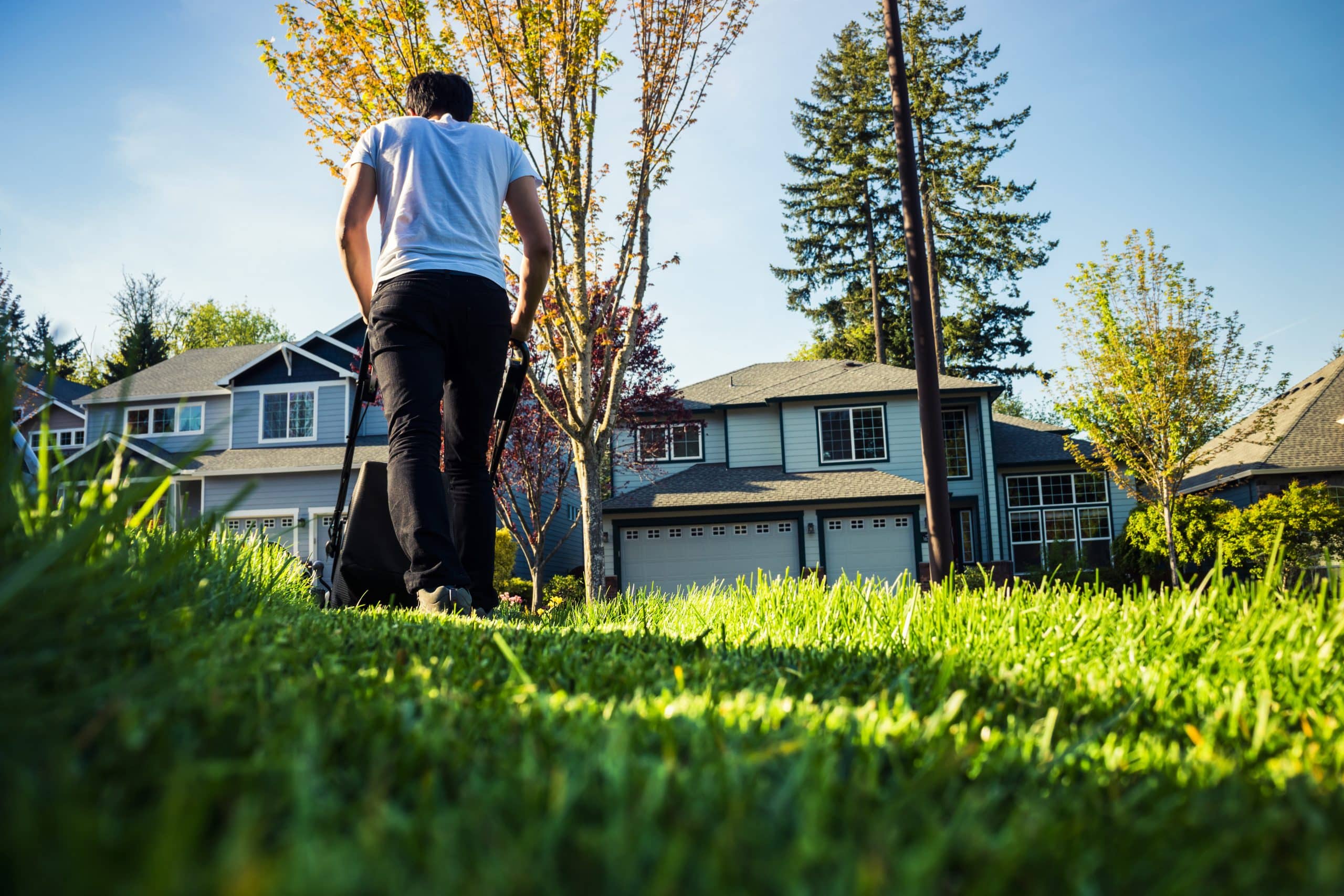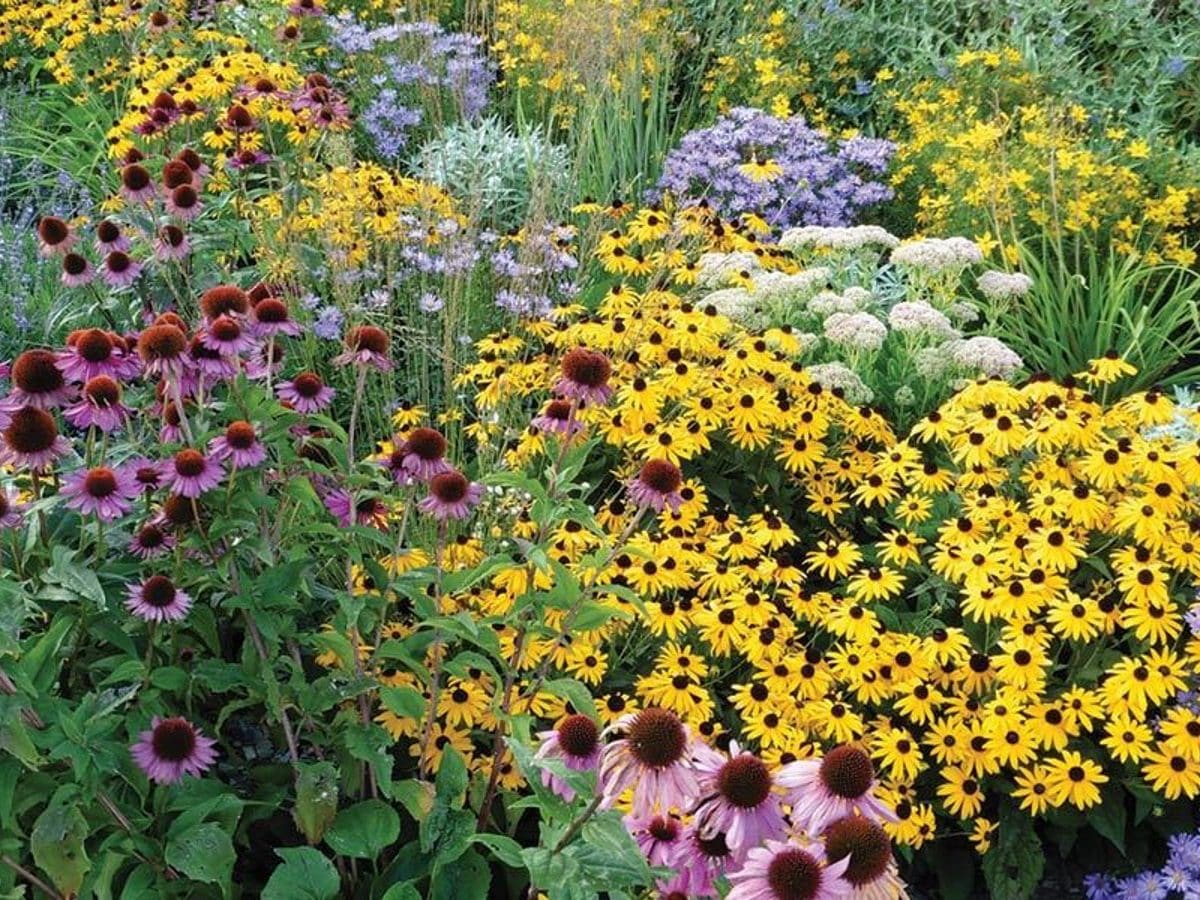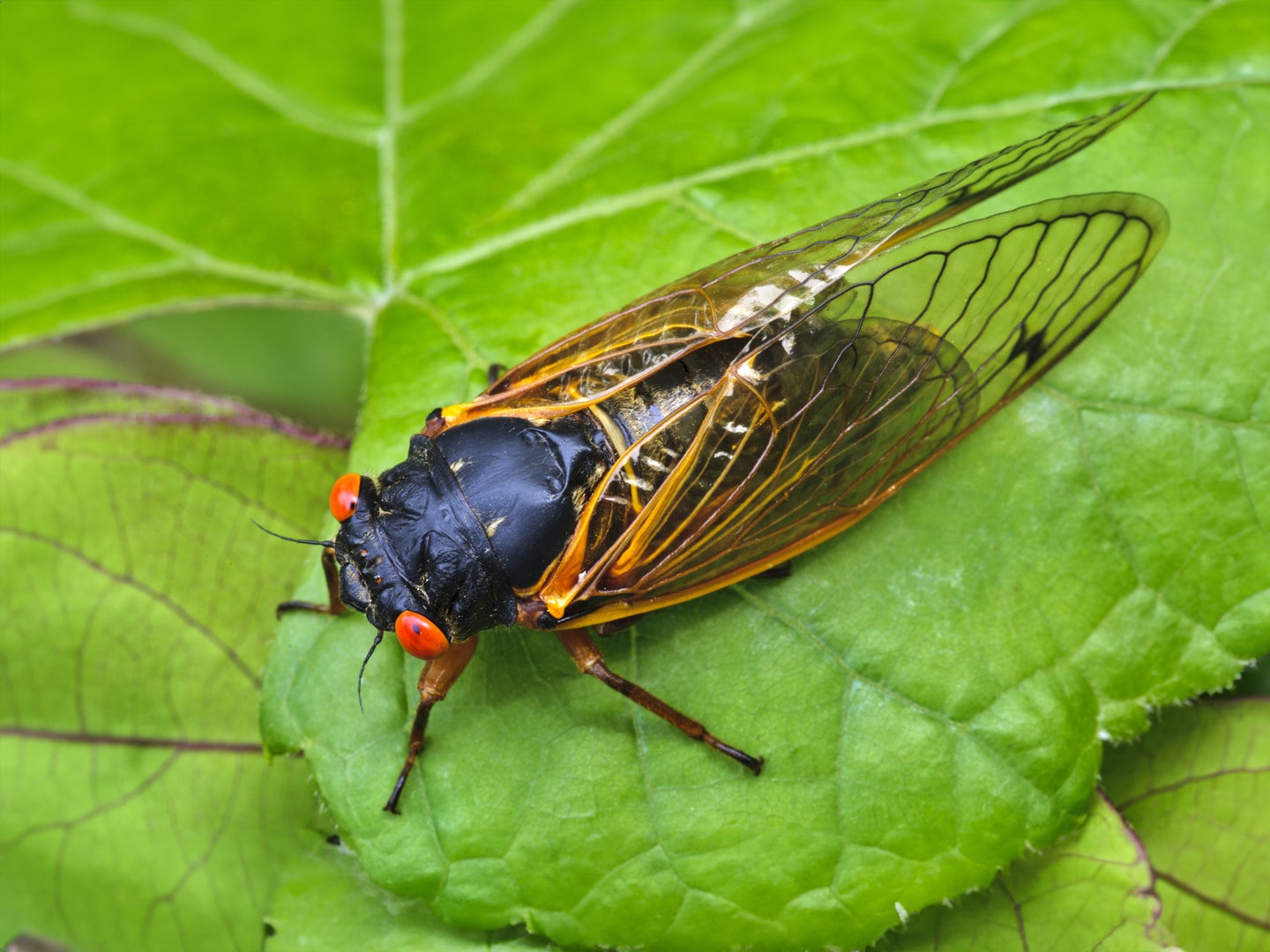In this edition of “Around the Garden Center” we want to discuss what everyone around here is excited about…SPRING!! Spring is coming, but slowly. This winter, we had Zone 3 temperatures in Chicago, which is officially classified by the USDA as Zone 5b. We’re a couple of weeks behind right now, and the temperatures are still below normal for this time of year. Typically this means not only a late spring but a short one. We’ve seen it before. Spring comes late and once the warm weather hits, spring ends quite suddenly, and it’s summer.
But this year is unique in another way – we’re seeing the effect of record snowfall and the impact on trees and shrubs is becoming apparent. As a result of such a harsh winter, you may have experienced some winter damage. This damage may present itself as:
Damage to roots, or cracks and splits in the bark of trees or large shrubs
Branches crushed by too much snow piled on them as the season progressed and the snow piles got higher and higher
Browning leaves (as pictured) on Rhododendron, Boxwood, Holly or other deciduous Evergreens, caused by cold, drying winds
Salt damage to any plants near streets and walkways
Browsing damage on many plants, as deer, rabbits, and voles search for any food they can find
Dead or broken branches may be pruned now. Otherwise, watch these plants as the spring progresses to see how they bud. It may be necessary to provide extra care this season to help them recover from winter. Be patient and watch for signs of recovery over the next month.
Another area that may have been impacted by the harsher winter is your evergreens. Evergreen browning is perhaps the most dramatic negative impact because it shows up suddenly as temperatures warm.
This does not mean something has happened to your trees and shrubs within the last two weeks. Evergreen damage, caused by extreme cold and drying winds throughout the winter, shows up all at once as the trees and shrubs come out of dormancy. It does not necessarily mean that your trees are dead or dying.
Wait and see what new growth they have in the next month or so. You may lose the leaves or needles that are brown now, but the plant will more than likely push new growth and recover nicely.
As you enjoy these beautiful spring days and work through repairing your outdoor space, remember to stop by one of our 5 locations (including our new Lurvey Express location in Arlington Heights) and let us help you get what you need to make the necessary repairs. Happy Spring everyone!

